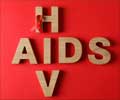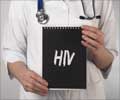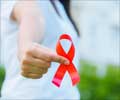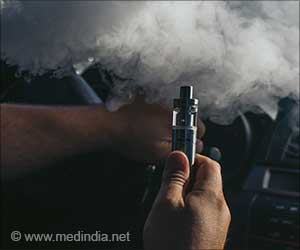An artificial protein coupled with a sugar molecule that mimics a key site on the outer coat of HIV where antibodies can bind to neutralize a wide variety of HIV strains has been created.
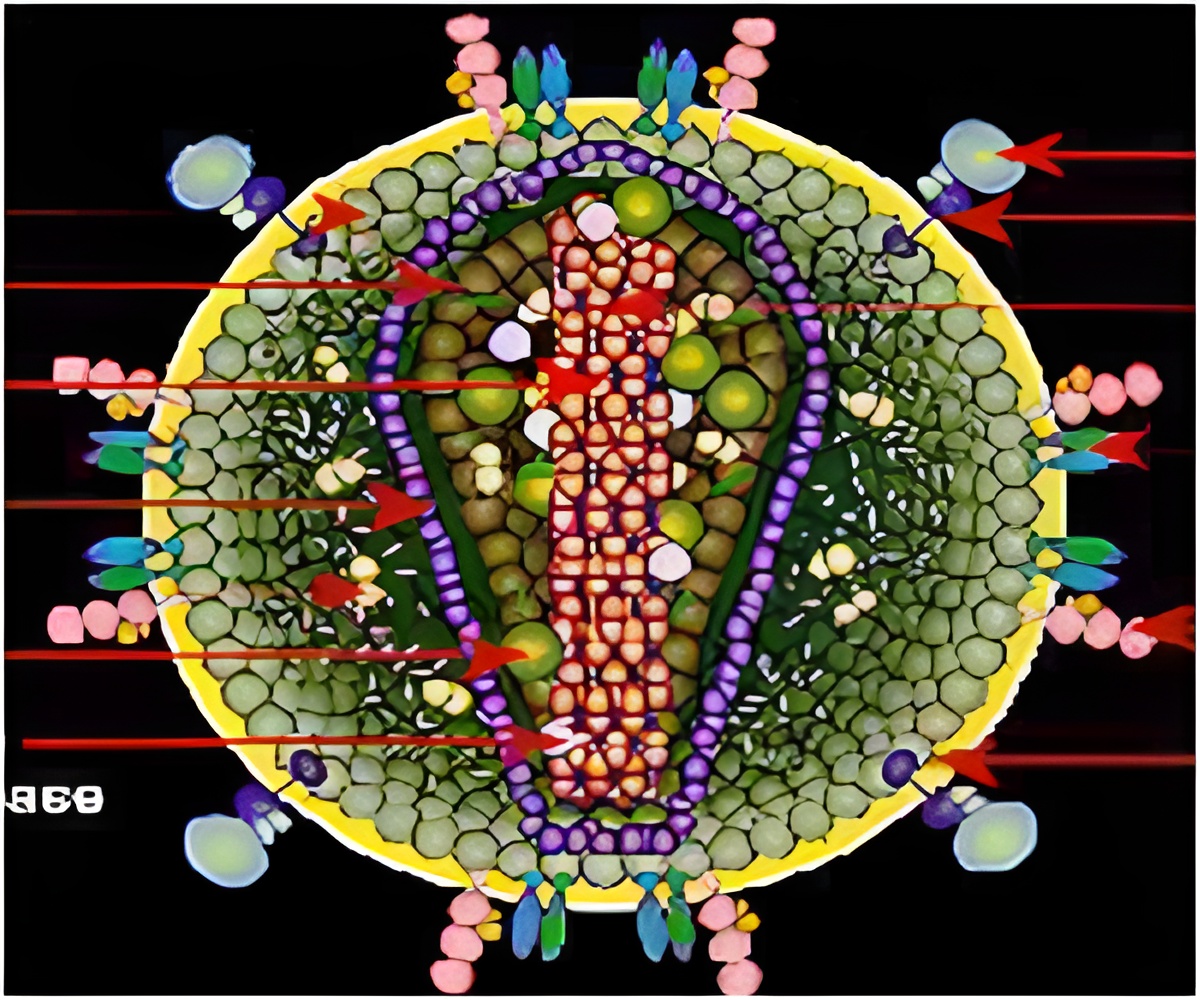
The new protein was designed by Duke and Harvard University scientists and made by Samuel Danishefsky, Ph.D., and his team at Memorial Sloan Kettering Cancer Center in New York.
"This new protein will allow the testing of a major hypothesis for why broadly neutralizing antibodies are so difficult to produce -- that of competition between desired and undesired antibody responses," said senior author Barton F. Haynes, M.D., director of the Duke Human Vaccine Institute. "By immunizing with a vaccine that primarily has the desired target for the immune system, we will be able to see if the immune system is now free to make this type of response."
Haynes and colleagues built upon a growing body of recent research that has illuminated how the HIV virus manages to thwart potential vaccine candidates, and how the immune system mounts what is ultimately a futile fight.
The targets of protective antibodies are vulnerable regions of the outer coat of the virus, also called the viral envelope. HIV protects these vulnerable envelope regions with multiple strategies that camouflage the sites.
Recent research, however, has demonstrated that the human immune system prefers not to target these vulnerable sites, but instead aims at the outer coat sites that do not result in the production of protective antibodies.
Advertisement
In the most recent study, the researchers found a way to approach those challenges. They built a glyocopeptide - an artificial protein synthesized by organic chemistry with sugars attached - that is structured so that it readily binds to the broadly neutralizing antibodies rather than the more dominant antibodies. That quality is important for allowing the preferred antibodies to have a chance to develop.
Advertisement
"It's by presenting the correct target for a neutralizing antibody, yet masking the dominant undesired target, that a vaccine can provide a fair chance for neutralizing antibodies to develop," said lead author S. Munir Alam, Ph.D., professor of medicine and pathology at Duke. "As in the case of our designed glycopeptide, if we start with a vaccine, to which not only the broadly neutralizing antibodies bind well, but also the receptors on naïve B cells, we hope to optimize the chance that the induced antibodies will go down the right path."
Alam said additional studies are ongoing, including efforts to create a crystal structure of the glycopeptide bound to the neutralizing antibody, and to begin testing the glycopeptide in animal models.
Source-Eurekalert

